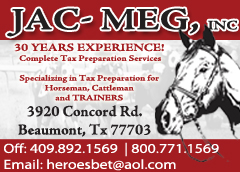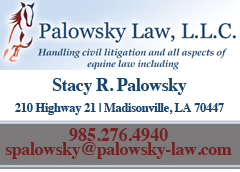My husband and I moved ourselves and our horses to Wisconsin from the California desert. We thought we had plenty of time to get ready for winter: it was only August, after all. Dairy farmers warned us: “You’d better put your fences in soon, before the ground freezes.” Experienced horse owners gave us useful tidbits: “Try not to put a hole in your water tank when you break the ice with a pickaxe.” Neighbors would shake their heads at our ignorance: “You mean you haven’t taken down your screens yet and put up your storm windows?” And sometimes they’d just let out a sigh and say, “Did the old owners tell you how much they spent on heating oil? No? Hoo, boy.” We went to Home Depot for pruning shears and couldn’t find the garden section…it was full of snow blowers.
With all this free advice, we thought we had winter figured out. We did buy a snowblower and we did get our fences in before the big, endless freeze. And we liquidated our retirements and put up a lovely little indoor arena with hay storage and six stalls. We were determined to keep our horses in training so that they’d be ready for eventing in the spring.
However…let me tell you about riding in the Northland. An indoor arena doesn’t do you any good, because when you trot you create wind chill, and soon you have snotcicles hanging out of your nostrils. You can’t work your horse hard, because then he might get wet, and you have to figure out how to cool him off while keeping him warm. The smart horsepeople liquidate their children’s college funds as well and heat the whole arena/barn complex. Their horses get clipped and wrapped in two blankets. And the horses live in their stalls 24/7.
Those “winter wonderland” postcards…scenes of horses pulling sleighs or jumping logs in poofs of snow spray or galloping joyfully across white golf courses…they are lies. In reality, your horseshoes create “snowballs” against the frogs of the hooves. Within minutes your horse is teetering on stilts and you have to dismount and knock the snowballs off. “Go barefoot,” say some experts; others recommend using borium-tipped shoes. The snowballs always win.
“Scratches”—irritation on the backs of white pasterns—show up in winter. Apparently the sun’s rays bounce off the snow and attack the normally shady undersides of the horses’ legs.
The one aspect of winter that caused us the most despair was ice. The rains of October freeze in November. The deceptively fluffy snows of December cover a hard, slick bottom layer. Our horses’ knees would be bloody from falling. We soon decided that riding outside was too dangerous.
Even the waning of winter tried out patience. As everything melted, the two-lane asphalt county roads would suffer “frost heave.” The “heaving” made roads uneven and unstable for at least a month, and heavy trucks were banned. All construction was put on “hold.”
The official end of winter was the arrival of the black flies.
I don’t want you readers to get the wrong impression of the Northland. We just weren’t suited to that lifestyle, or the rhythm of four distinct seasons: each season seems to end too soon, and each season seems to require its own equipment or clothing or attitude. We are much happier chugging Gatorade and swatting horseflies





